Dinner
![To make Easy Cheesy Zucchini Casserole, you need fresh and tasty ingredients. Here’s what you will need: - 4 medium zucchinis, sliced thin - 1 cup grated cheddar cheese - 1 cup shredded mozzarella cheese - 1 cup ricotta cheese - 1/2 cup grated Parmesan cheese - 1/2 cup breadcrumbs (preferably whole wheat) - 3 cloves garlic, minced - 1 teaspoon Italian seasoning - Salt and pepper to taste - 2 tablespoons olive oil - Fresh basil for garnish Each ingredient plays a key role in making this dish rich and creamy. The zucchinis add a fresh crunch, while the cheeses bring a smooth and cheesy flavor. You can mix and match the types of cheese to suit your taste. The garlic and Italian seasoning give it a wonderful aroma and depth of flavor. Using whole wheat breadcrumbs adds a bit of texture and makes it a bit healthier. Fresh basil at the end not only makes it look pretty but also adds a burst of freshness. For the full recipe, check out Easy Cheesy Zucchini Casserole. - Preheating the oven: Start by setting your oven to 350°F (175°C). This step is key for even cooking. - Preparing zucchini mixture: Take 4 medium zucchinis and slice them thin. In a large bowl, mix the zucchini with 3 minced garlic cloves, 2 tablespoons of olive oil, Italian seasoning, salt, and pepper. Toss well so the zucchini gets coated. - Mixing the cheese: In another bowl, blend 1 cup of ricotta cheese with half of the grated Parmesan cheese. Add a pinch of salt and pepper. Stir until smooth. - Initial layer with zucchini: Grease a 9x13 inch baking dish. Spread half of the zucchini mixture on the bottom. - Adding cheese mixture: Next, add half of the ricotta mixture over the zucchini layer. Make sure to spread it evenly. - Completing the layers: Sprinkle half of the cheddar and mozzarella cheeses on top. Repeat these layers with the remaining zucchini, ricotta, and finish with the leftover cheddar and mozzarella. - Baking time and temperature: Bake your casserole in the oven for 30-35 minutes. Look for a golden, bubbly top. - Cooling and serving steps: After baking, take it out and let it cool for a bit. This helps with serving. Garnish with fresh basil leaves for a nice touch. For the full recipe, check the details above. Enjoy your tasty meal! To boost the taste of your Easy Cheesy Zucchini Casserole, consider these tips: - Recommended seasonings: Use garlic, Italian seasoning, salt, and pepper to add depth. - Cheese substitutions: Swap cheddar for gouda or use feta for a tangy twist. Cutting zucchini correctly helps with even cooking: - How to cut zucchini properly: Slice zucchinis thinly, about 1/4 inch thick. This helps them cook through and blend well with the cheese. - Achieving the perfect bake: Bake at 350°F for 30-35 minutes. Look for a golden, bubbly top to ensure it's cooked right. Pair your casserole with some great sides: - Ideal pairings with the casserole: Serve with a fresh salad or crusty bread. These balance the richness of the dish. - Presentation ideas: Garnish with fresh basil leaves for a pop of color and flavor. A drizzle of olive oil can also enhance its look. For the full recipe, check the details above. Enjoy your cooking! {{image_2}} You can make this dish even heartier by adding proteins. Ground meats like turkey or beef work well. Just brown them in a pan before mixing them in. If you prefer vegetarian options, try lentils or chickpeas. Both add protein and keep it healthy. Feel free to mix in other veggies. Bell peppers, mushrooms, or spinach all taste great. In summer, use fresh corn or tomatoes for a seasonal twist. You can even add some sweet potatoes for a sweeter flavor. While this recipe calls for cheddar and mozzarella, you can switch up the cheeses. Try gouda for a smoky taste or feta for a tangy kick. You can also use dairy-free cheese if you want a gluten-free option. Just make sure it melts well for the best results. For the full recipe, check out the [Full Recipe]. To keep your Easy Cheesy Zucchini Casserole fresh, store leftovers properly. First, let the casserole cool to room temperature. Then, cut it into servings. Use an airtight container for storage. This helps keep moisture in and prevents it from drying out. You can also use glass containers with lids for easy stacking in the fridge. When it's time to enjoy your leftovers, reheating is simple. Preheat your oven to 350°F (175°C). Place a portion on a baking dish. Cover it with foil to keep it moist. Heat for about 15-20 minutes, or until warm. If you prefer the microwave, use a microwave-safe dish. Heat on medium power for about 2-3 minutes, checking it halfway through. You can freeze the casserole too! To freeze, let it cool completely. Then, wrap it tightly in plastic wrap and aluminum foil. This helps prevent freezer burn. You can also use a freezer-safe container. When you're ready to eat, thaw it overnight in the fridge. Then, reheat it in the oven. Enjoy your Easy Cheesy Zucchini Casserole anytime with these storage tips! It takes about 15 minutes to prep. Then, you need to bake it for 30-35 minutes. In total, you will spend around 50 minutes on this dish. You can serve it warm right after it cools for a bit. Yes, you can. Prepare the casserole up to the baking step. Cover it with plastic wrap or aluminum foil. Store it in the fridge for up to 24 hours. When ready, just bake it straight from the fridge. You may need to add a few extra minutes to the baking time. This casserole pairs well with simple sides. Consider serving it with: - A fresh garden salad - Garlic bread - Steamed green beans - Roasted carrots These sides add color and flavor, making your meal even more enjoyable. For the full recipe, check out the Easy Cheesy Zucchini Casserole. This blog post showed you how to make a tasty Easy Cheesy Zucchini Casserole. We covered all the key ingredients, from zucchini to various cheeses. I shared step-by-step instructions to help you through the cooking process. You learned tips for flavor, cooking techniques, and how to store leftovers. Finally, we explored variations to fit your taste. Enjoy this dish and make it your own by experimenting. The options are endless, so get cooking!](https://toastedrecipes.com/wp-content/uploads/2025/06/92c51344-d88c-440f-843f-752ba0577604.webp)
Easy Cheesy Zucchini Casserole Quick and Tasty Dish
Craving a delicious and simple dish? The Easy Cheesy Zucchini Casserole is here to satisfy! This tasty recipe combines fresh zucchini with a blend of

Homemade Honey Garlic Chicken Simple and Tasty Meal
Ready to impress your family with an easy, tasty dinner? Homemade Honey Garlic Chicken is the perfect choice. It’s sweet, savory, and full of flavor.
![- 4 medium zucchinis, chopped - 1 large onion, diced - 2 cloves garlic, minced - 2 medium potatoes, peeled and diced - 4 cups vegetable broth - 1 cup coconut milk - 2 tablespoons olive oil Zucchinis are the star of this dish. They add a fresh, mild flavor. Choose firm zucchinis with a bright color. Onion and garlic bring depth. They create a solid base for the soup. Potatoes add creaminess. They help to thicken the soup nicely. Vegetable broth gives it a rich taste. Coconut milk adds a delightful creaminess and sweetness. - 1 teaspoon dried thyme - 1 teaspoon lemon zest - Salt and pepper to taste Dried thyme gives the soup a warm, herbal note. Lemon zest brightens the flavor. It brings a refreshing hint of citrus. Salt and pepper enhance all the tastes. Adjust them to your liking. - Fresh basil leaves - Additional herbs Fresh basil leaves make a lovely garnish. They add a pop of color and flavor. You can use other herbs too, like parsley or chives. These small touches elevate the final dish. For the full recipe, check the details above. - Chopping Zucchinis and Dicing Onion: Start by washing your zucchinis well. Chop them into small pieces. Next, take a large onion and dice it finely. The smaller the pieces, the better they cook. - Mince Garlic and Peel Potatoes: Grab two cloves of garlic. Mince them until they are tiny bits. Then, peel two medium potatoes. Dice them into small cubes. This helps them cook evenly. - Sautéing the Onion and Garlic: In a large pot, heat two tablespoons of olive oil over medium heat. Add the diced onion and cook for about five minutes. Wait until the onion is soft and clear. Then, add in the minced garlic. Cook for one more minute until you smell that yummy garlic scent. - Adding Zucchinis and Potatoes to the Pot: Now, it’s time to add your chopped zucchinis and diced potatoes to the pot. Stir everything together so they mix well with the onion and garlic. - Simmering with Broth and Thyme: Pour in four cups of vegetable broth. Add one teaspoon of dried thyme. Raise the heat to bring the mix to a boil. Once boiling, reduce the heat and let it simmer for about 15 to 20 minutes. You want the zucchinis and potatoes to be soft. - Using an Immersion Blender: After the veggies are soft, take an immersion blender. Blend the soup right in the pot until it is smooth and creamy. Be careful, as the soup is hot! - Transferring to a Countertop Blender: If you don’t have an immersion blender, pour the soup into a countertop blender. Blend it in batches until you reach that creamy texture. Make sure to let the steam escape to avoid spills. For the full recipe, refer back to the main section. Enjoy your smooth zucchini soup! Choosing the Right Type of Coconut Milk For a rich and smooth texture, use full-fat coconut milk. This type gives your soup that creamy, dreamy quality. Light coconut milk works too, but it may not be as rich. Always check the can for added sugars or preservatives. Pure coconut milk is best for flavor. Blending Techniques for Smooth Soup To achieve the perfect creaminess, an immersion blender is your best friend. It lets you blend right in the pot. If you prefer using a countertop blender, do it in small batches. Always let the soup cool a bit before blending. This prevents any hot splashes and keeps your kitchen safe. Adding Citrus or Spices A splash of lemon juice brightens the soup. You can also add lemon zest for a fresh kick. Experiment with spices like nutmeg or cayenne for warmth. Just a pinch can make a big difference. Start small and adjust to your taste. Using Fresh Herbs Fresh herbs add depth to your soup. Basil and parsley work well. Stir them in right before serving for the best flavor. You can also use thyme or chives for a different twist. Fresh herbs elevate your dish and make it more vibrant. Pairing with Crusty Bread Serve your soup with warm, crusty bread. A good baguette or sourdough complements the creamy soup. You can dip the bread for extra enjoyment. It makes for a satisfying meal any time of year. Ideal Accompaniments Consider a light salad or some roasted veggies on the side. These pair nicely with the soup's creaminess. You can even add a sprinkle of cheese on top for extra flavor. It’s all about finding the right balance to enhance your meal. For the full recipe, check out the [Full Recipe]. {{image_2}} Incorporating Chicken or Tofu You can easily add protein to your creamy zucchini soup. For a hearty option, try cooked chicken. Just shred it and stir it in just before serving. If you prefer a plant-based choice, tofu works great too. Cut firm tofu into small cubes and add it when you blend the soup. This gives it extra texture and nutrition. Creamy Zucchini Soup with Cheese Cheese can bring a rich flavor to this soup. Adding shredded cheese while the soup is warm helps it melt in smoothly. Cheddar or Parmesan are good choices. Just be careful not to add too much; you want the cheese to complement, not overwhelm the dish. Plant-based Options for Broth Choosing the right broth is key for flavor. Use vegetable broth for a vegetarian soup. If you want a vegan option, check labels to ensure no animal products are used. Homemade vegetable broth can elevate the taste even more. Dairy-Free Creaminess For a vegan twist, replace coconut milk with cashew cream. Soak cashews in water, then blend until smooth. This creates a rich, creamy base without dairy. You can also use almond milk, but it may not be as thick. Adding Spinach or Kale Spinach or kale can add a healthy touch to your soup. Toss a handful of fresh spinach or chopped kale into the pot during the last few minutes of cooking. This adds color and nutrients without changing the soup's flavor much. Experimenting with Different Herbs Herbs can change the whole vibe of your soup. Try adding fresh dill or parsley for a bright taste. You can also use a pinch of nutmeg or a dash of cumin for a warm, earthy flavor. Don’t be afraid to play with different herbs to find your favorite combination. For the full recipe, check out the [Full Recipe]. Proper Container Storage Store your creamy zucchini soup in an airtight container. Glass jars work well. Make sure the soup cools down first. This helps keep it fresh longer. Shelf Life in the Refrigerator Your soup can last up to 4 days in the fridge. Keep an eye on it for any signs of spoilage. If it smells off or looks strange, it’s best to toss it. Best Practices for Freezing Soup To freeze your soup, use freezer-safe containers. Leave some space at the top for expansion. You can also freeze it in ice cube trays. This makes it easy to use later. Thawing and Reheating Tips When you're ready to eat, thaw the soup in the fridge overnight. You can also use the microwave for quick thawing. After thawing, reheat on the stovetop or microwave until hot. Stovetop vs. Microwave The stovetop gives you better control. Heat it slowly on low. Stir often to avoid burning. The microwave is faster, but stir halfway for even heating. Avoiding Separation of Creaminess To keep the soup creamy, heat it gently. If you see separation, use a whisk to blend it back together. Adding a splash of coconut milk can help restore creaminess too. Creamy zucchini soup lasts about 3 to 5 days in the fridge. Store it in an airtight container. Make sure it cools before putting it away. Check for any signs of spoilage before eating. If it smells off or looks strange, toss it. Yes, you can make creamy zucchini soup ahead of time. This soup tastes even better after resting. Just let it cool and store it in the fridge. When you're ready to eat, heat it gently on the stove. Stir it well before serving. Yes, this recipe is gluten-free. All the ingredients, like zucchini and coconut milk, are safe for gluten-free diets. Always check labels on packaged items to ensure they are gluten-free. This makes it great for friends who avoid gluten. You can use almond milk or cashew cream instead of coconut milk. This keeps the soup creamy. Both options add a different flavor but still taste great. If you want a richer taste, use heavy cream or sour cream. Adjust your seasoning to balance the flavors. Yes, you can use frozen zucchini for this recipe. Frozen zucchini works well if fresh zucchinis are not available. Just thaw and drain excess water before adding it to the soup. The texture may be softer, but the flavor remains delicious. This creamy zucchini soup is easy and delicious. We explored fresh ingredients, herbs, and the right cooking methods. You learned how to make it creamy and flavorful with simple tips. Whether you add proteins or keep it vegan, this soup suits everyone. Storing and reheating is quick and easy too. Enjoy this tasty soup anytime!](https://toastedrecipes.com/wp-content/uploads/2025/06/6f882bb5-10df-426b-9942-b9d5300365fa.webp)
Creamy Zucchini Soup Delightfully Smooth Recipe
Are you ready to savor a bowl of creamy goodness? This Creamy Zucchini Soup is your next go-to recipe for a delightful meal. With fresh
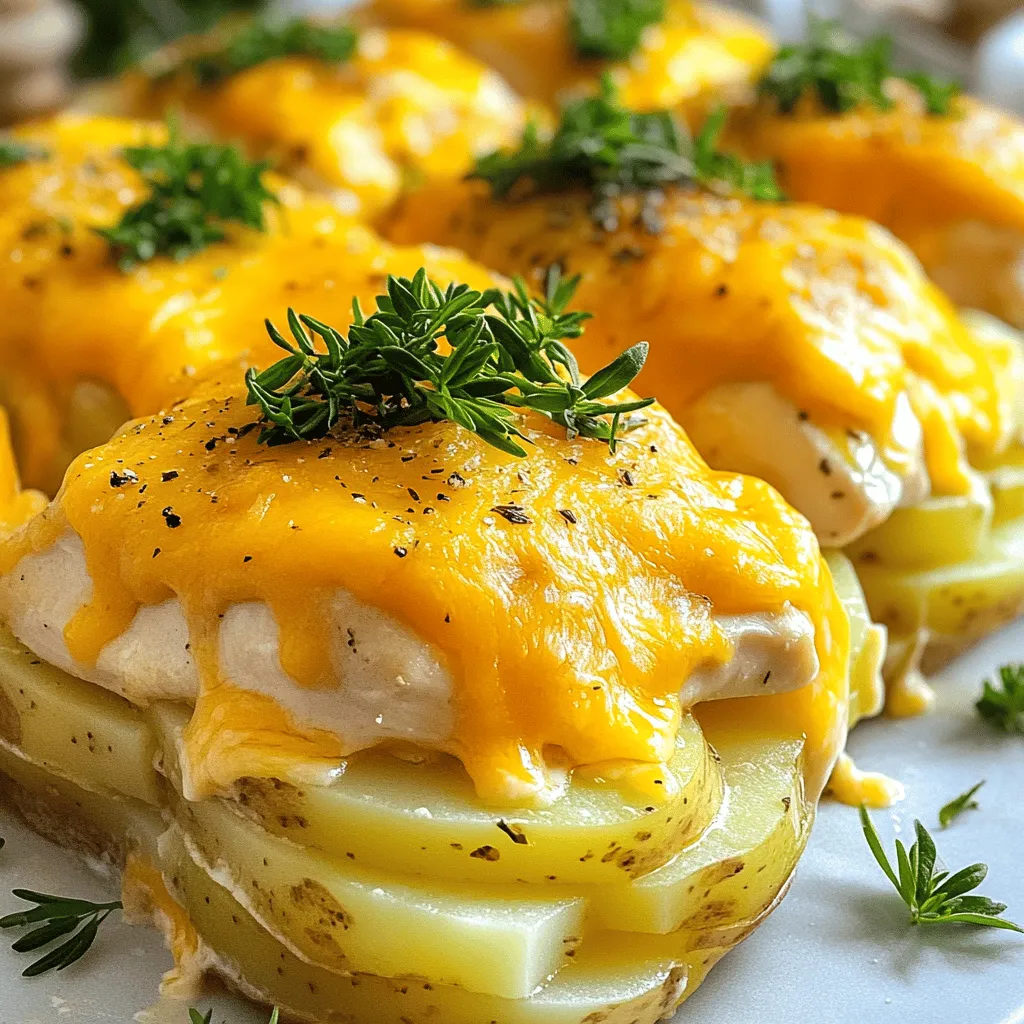
Savory Chicken Potato Bake Easy and Satisfying Meal
Are you looking for an easy and satisfying meal that will impress? Look no further! This Savory Chicken Potato Bake combines tender chicken, creamy potatoes,

Delicious Heirloom Tomato Galette Simple Recipe Guide
If you love fresh tomatoes, you’ll adore this heirloom tomato galette! This simple recipe guide will show you how to create a stunning dish that
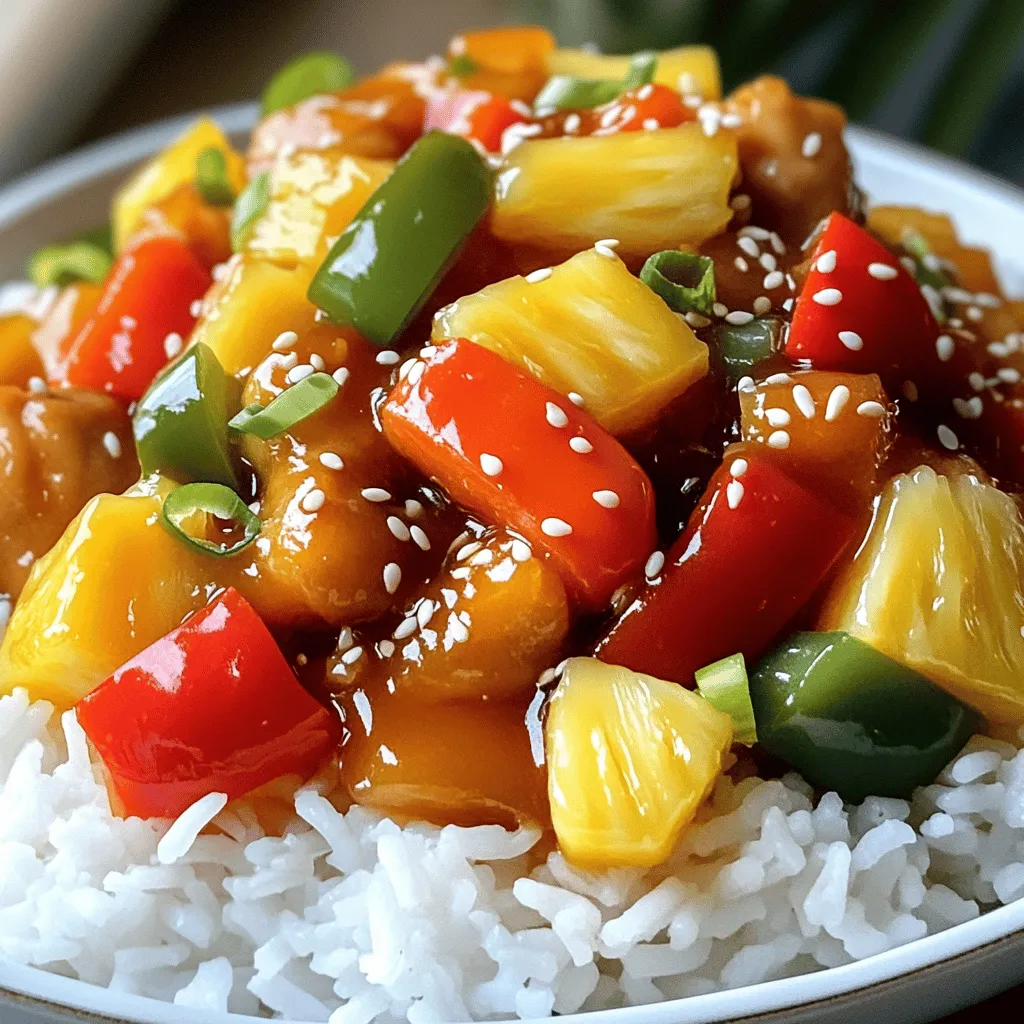
Sweet and Sour Chicken Flavorful Dinner Delight
Are you ready to whip up a dinner that’s both tasty and easy? Sweet and Sour Chicken is a crowd-pleaser that combines juicy chicken, crunchy
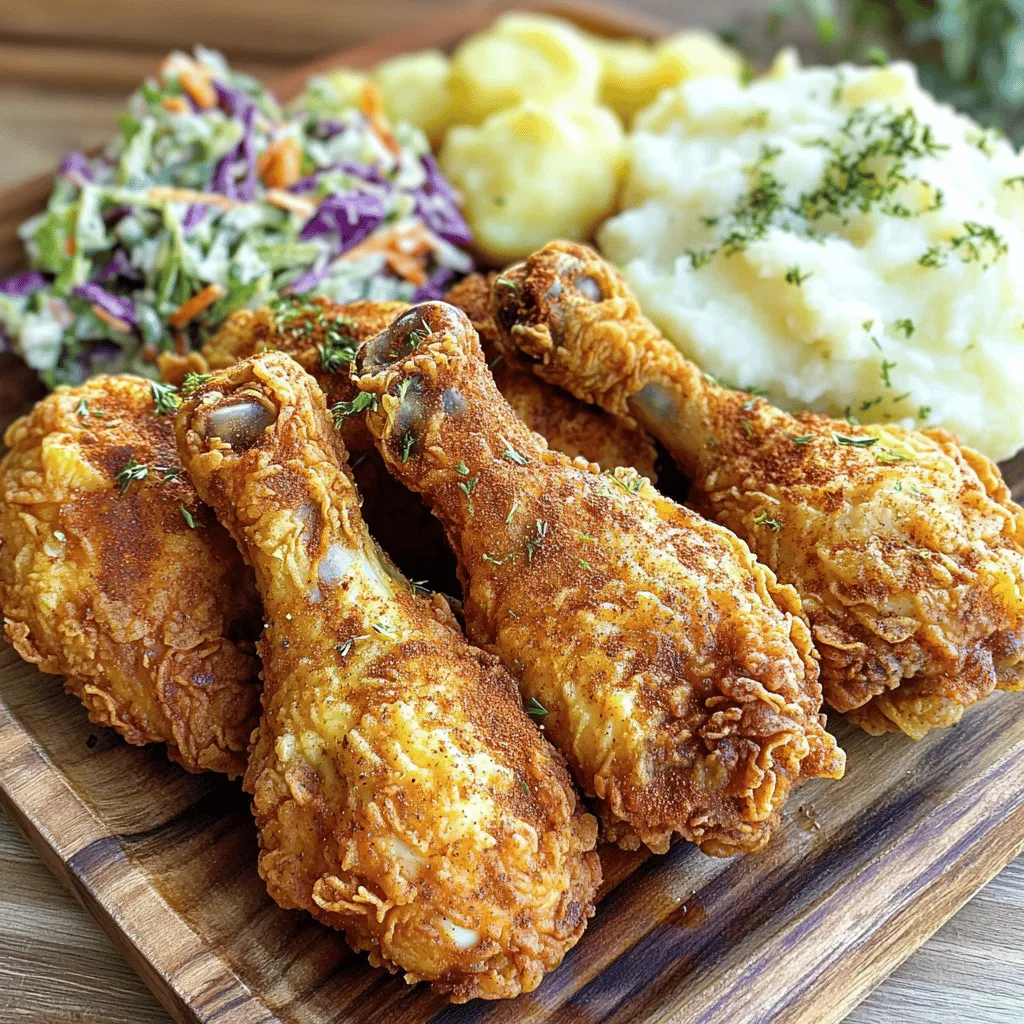
Buttermilk Fried Chicken Crispy and Flavorful Dish
If you crave a crispy, flavorful dish that elevates any meal, you’ll love buttermilk fried chicken. This classic recipe combines juicy chicken with a crunchy
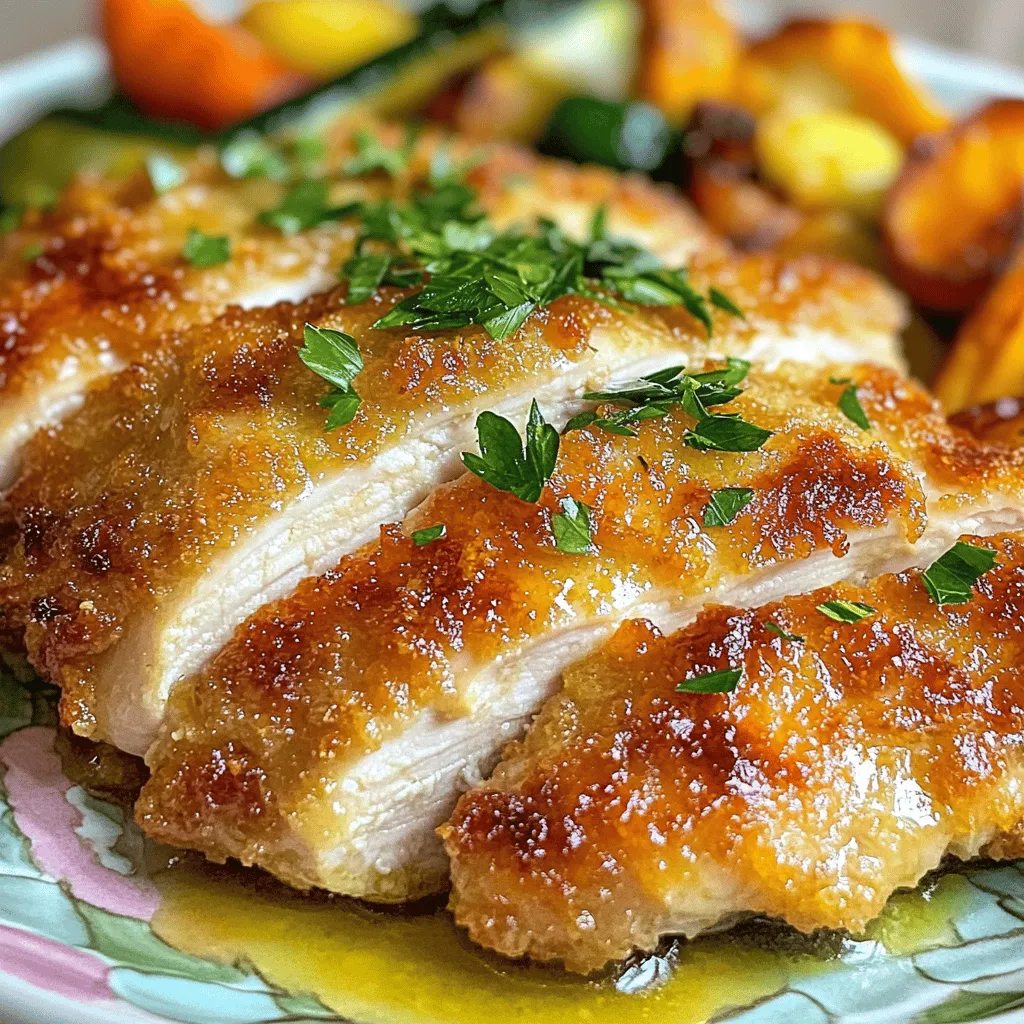
Melt in Your Mouth Chicken Breast Simple and Tasty
If you’re craving chicken that melts in your mouth, you’re in the right place. I’ll guide you through a simple recipe that’s sure to impress
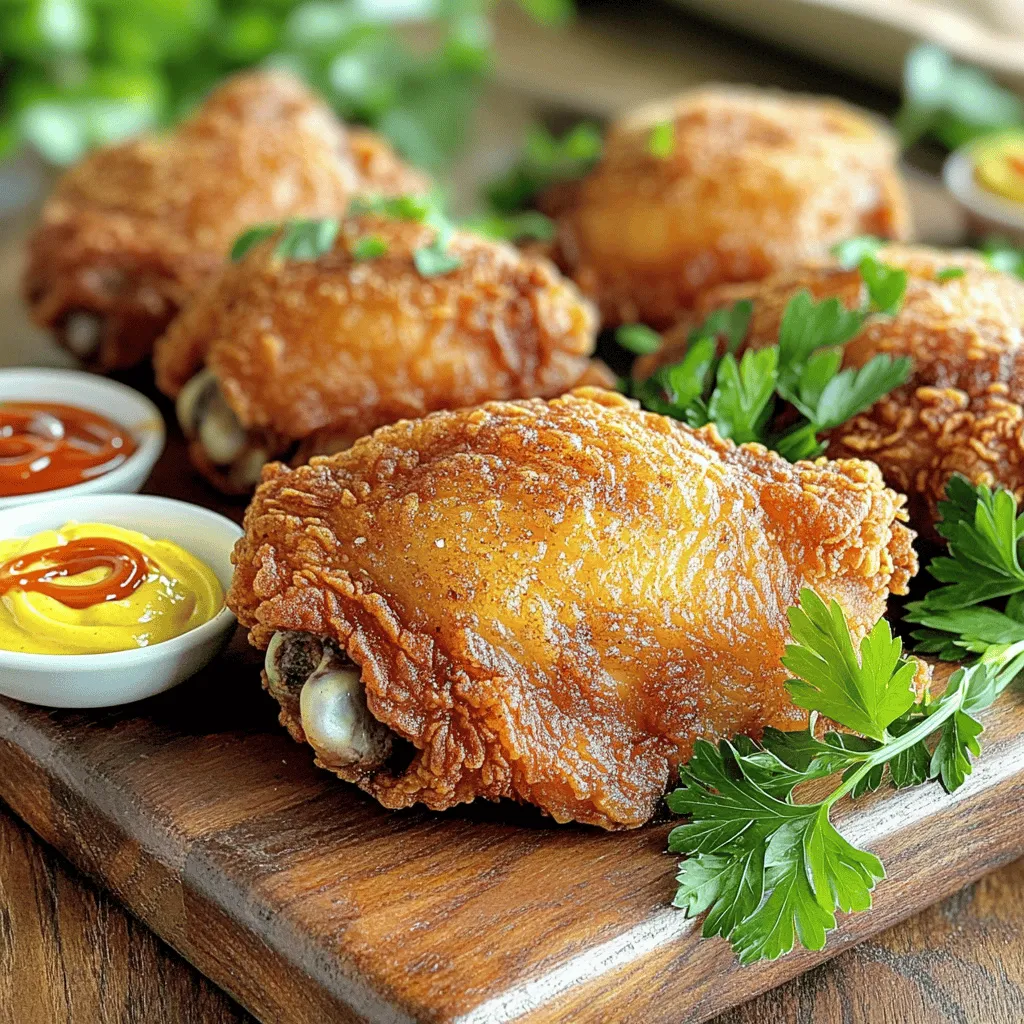
No-Fuss Fried Chicken Crunchy and Flavorful Recipe
Craving crispy, flavorful fried chicken? Look no further! This No-Fuss Fried Chicken recipe makes it easy to whip up a delicious meal. With just a
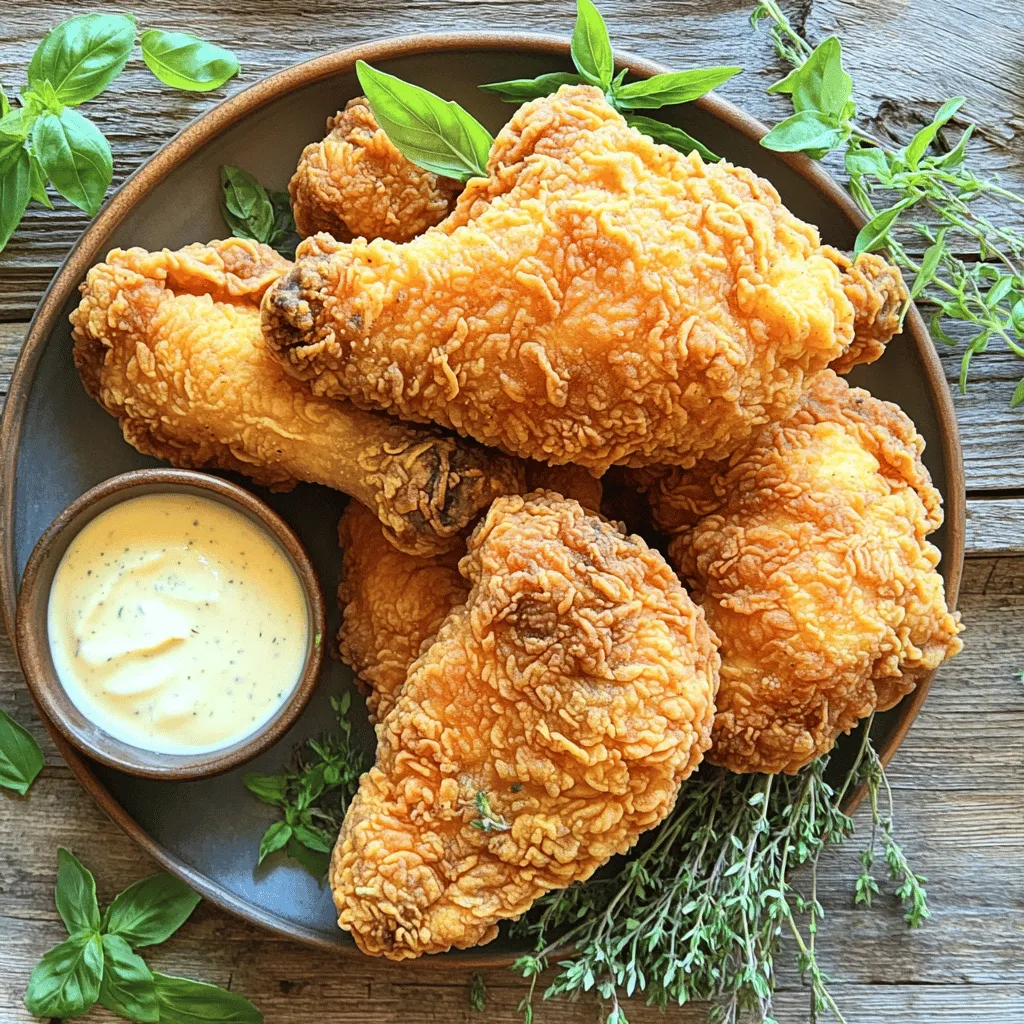
Copycat KFC Fried Chicken Crispy Flavorful Delight
Are you ready to recreate that famous KFC taste at home? In this blog post, I’ll show you how to make Copycat KFC Fried Chicken